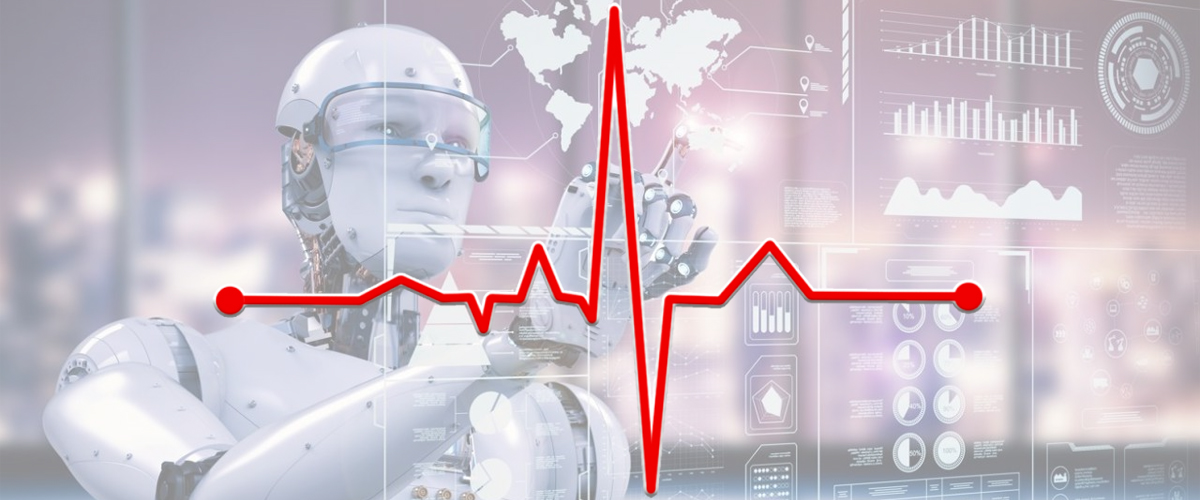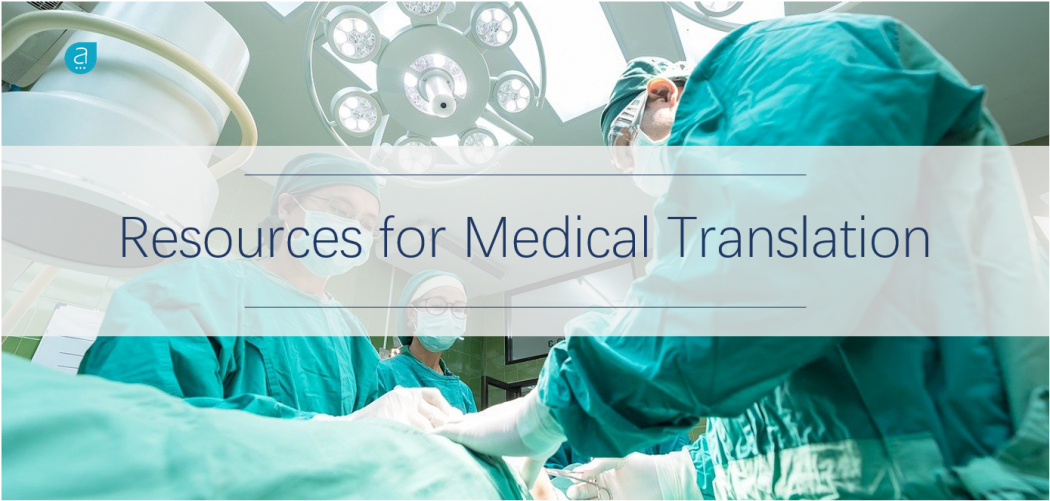Medicine is one of the essential life sciences. It’s often associated with diseases, syndromes or biological conditions, involving countless terms. Medicine itself is also a broad area covering various specialties, and being a doctor doesn’t guarantee you’re a know-it-all. That’s why, when it comes to medical translation in particular, a translator majoring in only language will have many difficulties to face. As far as we’re concerned, it’s also not easy even for a doctor equipped with excellent expertise and language skills to produce a satisfactory translation in all fields of medicine. So, what should we do to solve this problem of resources?
Should we use machine translation (MT) for medical translation?
In the Industry 4.0, MT technologies have been used as an important resource in many translation fields. They allow translators to save time and effort, and lessen expenses for customers. However, MT has almost no chance to prove its worth in the fields of medicine. And there is a reason for that.
The world of medicine contains countless terms. Most of them are compound nouns made up of two or more common words, forming a noun with a completely different meaning, and unidentifiable by MT technology. For example, you need to translate the term “supratentorial region” – an area located above the tentorium cerebelli, containing the cerebrum – from English to Vietnamese. Using Google Translate, the result you get will be “vùng siêu cấp”, instead of the accurate Vietnamese term “tầng trên lều”.
Applying MT in the field of medicine might lead to seriously misleading translations, thus huge editing expense. That’s why we always say NO to machine translation when it comes to medical translation.

Roles of human in medical translation
As mentioned above, medicine is a tough specialized area. Our top priorities are the accuracy and legibility of the documents. To ensure that, the engagement of both professionally trained translators with language expertise and appropriate specialists shall be required.
Roles of professionally trained translators with language expertise in medical translation
Many people believe it’s best to have doctors who are fluent in foreign language translate medical documents. However, from what we’ve seen from our cooperation with various doctors during our translation projects, we find it best to leave the tasks in the hands of professionally trained translators with language expertise. They are the ones capable of ensuring fundamental criteria in translation of these greatly specialized documents: accuracy, adequacy (no more or less than necessary), consistency as well as legibility.
Roles of appropriate specialists in medical translation
While translators have the ability to ensure the overall accuracy and adequacy of a translation, doctors, with their expertise, knowledge and experience, shall ensure the accurate use of terminology. Furthermore, for documents containing lots of handwriting such as Medical Records, the roles played by doctors become even more important, since they – as colleagues – are the only ones who can understand those handwriting/abbreviations.
On another note, it’s impossible to cooperate with only one doctor for the translation of all documents that cover many fields (unless the person is a general practitioner). In fact, this is understandable, since after the first few years learning the same basic knowledge, each future doctor will further develop themself in a separate specialty of their own choice. Therefore, they won’t have profound insight on areas that are not their forte. This is why for each particular project and each medical field, it is important to engage appropriate specialists.
Roles of other experts in medical translation
A medical document contains more than just medical content. This is the fact you’ll get once you’ve stepped into the medical translation territory. For example, a clinical drug trial protocol (on human) contains not only expertise knowledge related to treatment, but also mathematical content such as Statistics – Analysis. In this case, the translators might need help from an expert on Biomedical Statistics.
Solutions to the conundrum of resources
As discussed above, the implementation of a medical translation project requires the participation of various human resources from various specialties. All resources must fulfill their responsibilities and follow the process as initially agreed upon. It is the scientific process and the use of the right people that will help bring out the most effective coordination in your resources and maximize their capabilities, in order to provide customers with medical translations of the best quality.
Discover about professional medical document translation services
Free quotation, free trial translation







